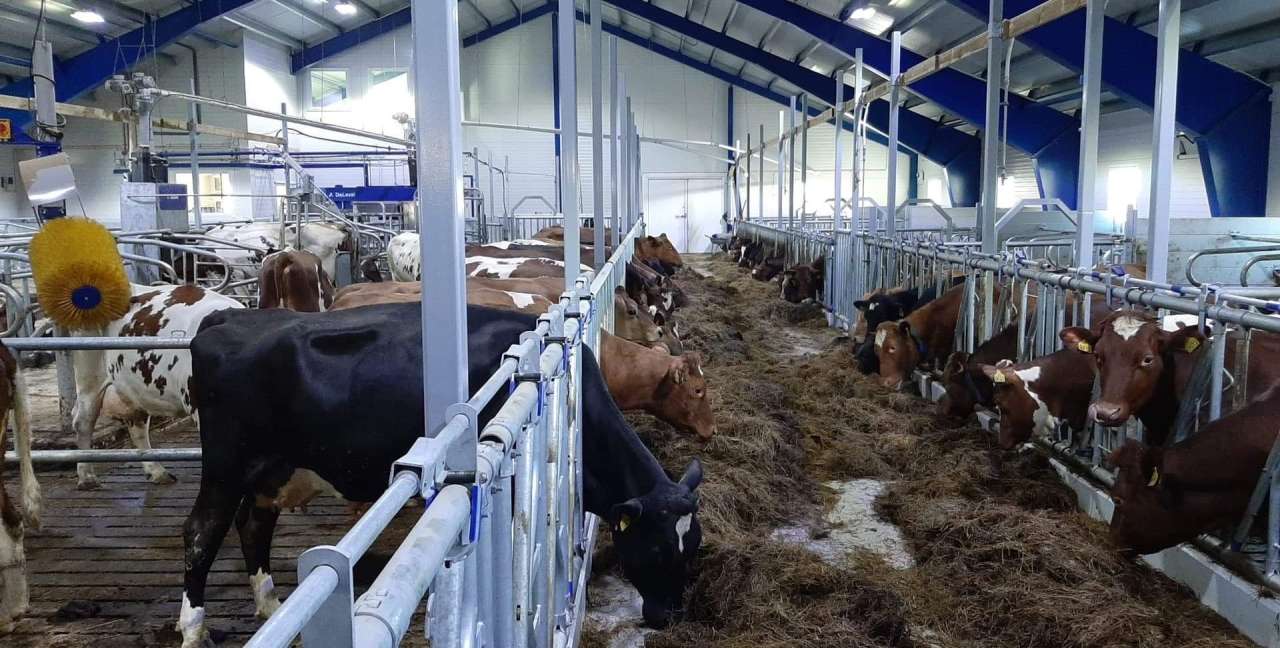Cows in loose housing: What will it cost?

Photo: Kåre Magnus Oma
From 2034, all cattle will be in loose housing. The use of stall barns will cease. Starting in 2024, requirements for calving areas will come into force. NIBIO estimates a total investment need of NOK 18–23 billion between now and 2034 due to the new requirements.
The requirement for loose housing means the animals will no longer be tethered to a specific stall but can move around the barn more freely. Modifying barns to meet these conditions requires large investments.
NIBIO has calculated the amount needed to provide the Ministry of Agriculture and Food with a knowledge base for its decisions concerning investment subsidies until 2034.
The calculations assume that milk production will remain around the current level. The number of dairy farms and cows per farm has changed significantly in recent years, but total milk production has been relatively stable around 1500 million liters annually.
From 2007 to 2019, the proportion of stall barns dropped from 89 to 61 percent. Loose housing operations increased in the same period, from 1477 to 2924, while stall barns decreased from 11,698 to 4554.
In 2019, 47 percent of Norwegian dairy cows were housed in stall barns. They supplied 37 percent of the total milk production.
Before 2034, some of the 4554 dairy farmers with stall barns will most likely choose to shut their operation and sell their herds. How many will persevere and how many will give up has been difficult to predict. The expected structural changes and impact of the 2024 requirements have been and will continue to be a challenge.
Different scenarios have been simulated for different herd sizes, how many young animals with calves there should be room for, how often the cows are replaced and whether it will be a matter of new construction or extending or remodeling existing structures etc.
There are substantial regional differences in the investments needed to fulfill the loose housing requirement.
Contacts

Contacts

